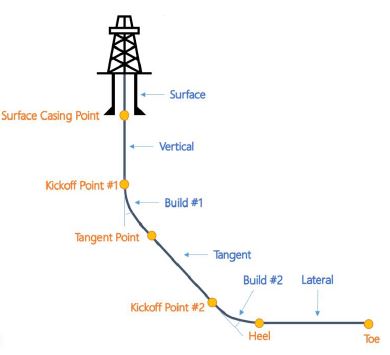

It entails drilling a hole at a specified depth below the features (obstacles) and pulling in the pipeline into the drilled hole.Ĭrossing length is dependent on the drilling rig capacity. Horizontal directional drilling is a trenchless method of installing a pipeline underground below identified features (obstacles) without disruption to any of the identified features. Horizontal Directional Drilling application has expanded to cover shore crossing for pipeline transiting from offshore to onshore. Horizontal directional drilling (HDD) is one of the most suitable means of crossing such obstacles. Therefore, it is imperative to select an appropriate crossing method during the design phase of the project. They require special crossing technology when an open cut cannot be performed. These obstacles include roads, railways, water bodies, sensitive areas, buried pipelines, and cables. Various features (obstacles) are encountered during pipeline installation.

6.4 Pipe Pullback (Pipeline Installation).6 HOW DOES HORIZONTAL DIRECTIONAL DRILLING WORKS.5 Horizontal Directional Drilling: INSPECTION AND TESTING.4.1.2 Surface and Topographical Surface.

4 Horizontal Directional Drilling: PREDESIGN AND DESIGN ACTIVITIES.3 TERMS USED IN HORIZONTAL DIRECTIONAL DRILLING.2 INTRODUCTION to Horizontal Directional Drilling.1 OVERVIEW: Horizontal Directional Drilling.


 0 kommentar(er)
0 kommentar(er)
